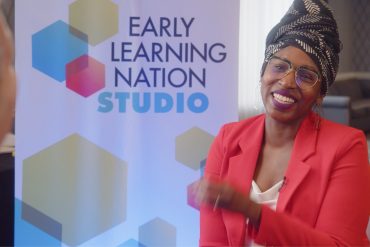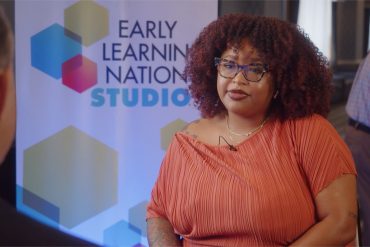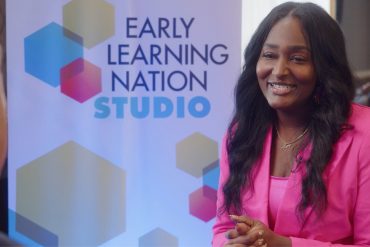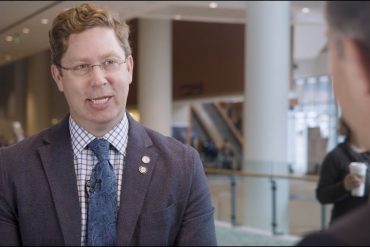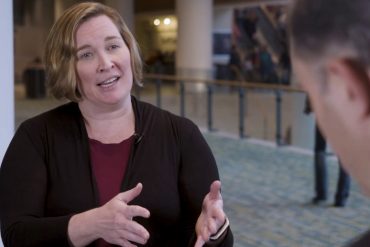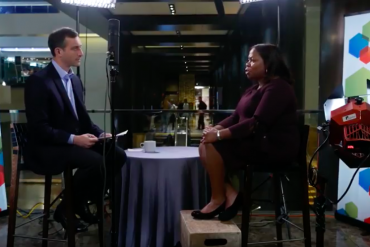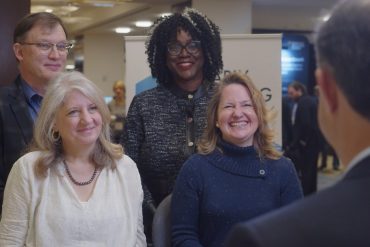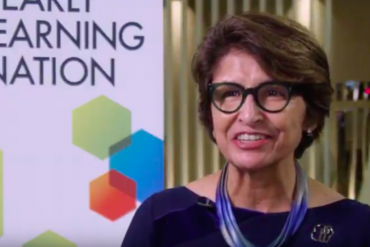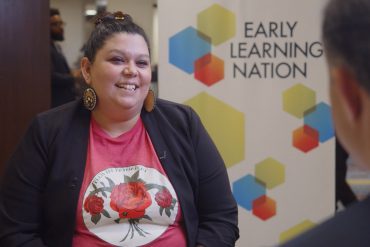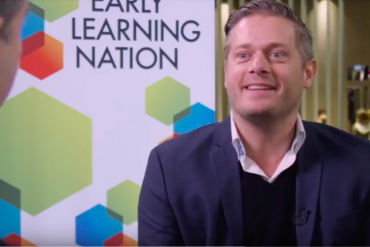Dr. Raquel Martin, a licensed clinical psychologist, professor and scientist, describes how black mental wealth encompasses mental health and well-being “because mental health and physical health and the way individuals are treated in society are all linked.” And shares how we all can start to address the challenge by first seeing “children as children.”
As part of their effort to target early childhood from ages zero to eight, BDCI-Colorado President Jalen Taylor is working to expand their reach across the Rocky Mountain state – with a special focus on mental health and wellness.
As the NBCDI advances its “Eight Essential Outcomes” for childhood learning—health, education, nutrition, digital safety, representation, climate, narratives and safe community—the organization seeks to align with the local partners who can bring those opportunities to life. As NBCDI’s Vice President of National Partnerships and Community Mobilization, Allyson Jones leads that effort.
Edward Manuszak wears many hats, but the two most important are Superintendent of Dundee (MI) Community Schools and as the AASA Early Learning Cohort Co-Chair. In both roles, he works to deliver excellent learning opportunities. So why is Manuszak among the first to say that “Early Childhood Matters Most?”
From the area they call “The 757,” BCDI-Hampton Roads is focused on literacy and parent engagement – from giving away books to holding parent workshops and beyond. And President Darlene Walker leads the way.
How do you know if you’re part of an early learning community? Cailin O’Connor, Senior Associate at the Center for the Study of Social Policy, introduces the Digital Progress Rating Tool, a new ELN offering [or new offering from ELN, CSSP and the National League of Cities] that helps stakeholders evaluate their efforts, chart progress, explore tips, and create a step-by-step action plan to create a thriving Early Learning Community.
Tonja Rucker, program director for Early Childhood Success at the National League of Cities, discusses the universal message crossing partisan divides, all sectors and audiences, that to have vibrant, thriving cities, families must be strong. Watch to learn more.
As an NLC Youth Representative, North Carolina High School junior Ramie Mack has the opportunity to talk with adults, including mayors and city councilmembers. And as she advocates for learning, Ramie wants those leaders to understand that youth face challenges, too. That’s just one reason she advocates for making sure students are part of the conversation when learning is being discussed.
By creating a community-wide coalition across Austin city and Travis County in 2011— encompassing the public, private and non-profit sectors—Austin/Travis County Success by 6 provides support for families from birth to five. With their new strategic plan—and 38 babies being born every day—the group is trying to improve school readiness overall.
How does Girl Scouts of America start shaping young girls into strong, successful adults? As CEO Sylvia Acevedo describes, it begins with early education.
April Fournier is not just a Portland (ME) Councilmember, she’s also an early childhood support specialist within an outpatient pediatric clinic. After the child’s medical health visit, Fournier checks in with the parents to provide support on the “social determinants of health”: housing, food and other areas critical to a child’s development.
What role does play play in early learning? Kasper Ottosson Kanstrup, vice president and global head of Communities through Play at The Lego Foundation, pulls out his bag of toys, er, research and explains the science of how children learn through play.


